When I arrive in northeastern India to sail down the Brahmaputra, the quality of light is startling. The river gleams like a mirror of Assam’s cloudless sky, with the sun sinking in front of me and the moon rising at my back. When a flock of birds breaks cover, the black speckles make me think of drops of Indian ink. On the shoreline, when the fishermen dip their sprung contraptions into the water, the nets fall with the grace of dragonflies landing on a pool of light.
The fishing is good here. The growing season is generous too, with the green floodplains cultivated for rice. But while the river nourishes, it also takes away. Beginning in May, the monsoon transforms this calm scene into a landscape that’s more water than earth. In the wettest months, the swell disrupts the river’s route, along with the lives of the people dependent on it for survival. The deluge forms and reshapes sandbars known as chars, encouraging elephants to swim in search of new habitat and, in a bad year, forcing more than a million people to relocate to safer ground. This is in addition to all the changes that aren’t seasonally induced.
Over the past hundred years or so, the river’s width has nearly doubled. Climate change has accelerated the rate of glacial melt in the Brahmaputra’s Himalayan headwaters. The patterns of the monsoon are shifting, pushing crop cycles out of step. Erosion and encroachment have reduced the river’s natural barriers; deforestation has left fewer tree roots gripping the shorelines’ sandy ground. Despite the occasional run of government-implemented “porcupines” (bamboo or concrete structures which slow the current and trap sediment), the flood defences aren’t enough.
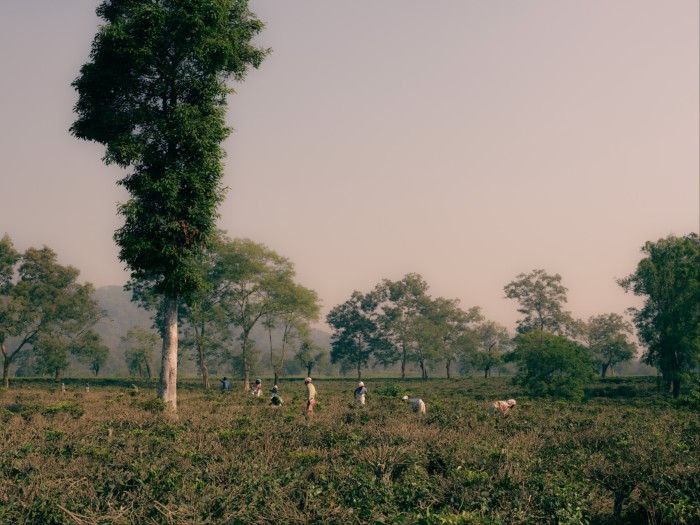
Yet somehow human settlement thrives on this edge-land. Like the Nile and Euphrates, the Brahmaputra’s flow has shaped sophisticated riverine civilisations — layers of cultural history that give my journey a contour when I join a week-long trip on an elegant 18-cabin river boat. I board the Charaidew II at an anchorage close to Jorhat, one of Assam’s commercial hubs around a 90-minute flight from Kolkata. I finish up at Diphlu River Lodge on the edge of Kaziranga National Park. My journey covers 180 kilometres, which is a frustratingly small portion of the river’s roughly 2,900km total length.
But not all of this great waterway is navigable, and it certainly can’t be tackled at speed. The headwaters are near Mount Kailash in Tibet — the 19th-century search for the river’s source was wrapped up in a cloak-and-dagger tale of spycraft when Britain’s hired surveyors, known as pundits, travelled north disguised as Buddhist monks.

In Tibet, the river is called the Yarlung Tsangpo and at one point runs through the world’s deepest canyon. The Tsangpo Gorge (sometimes known as the Tsangpo Grand Canyon) is a holy grail for plant-hunters because of its biodiversity, a tantalising lure linked to another adventure story about a British plantsman called Frank Kingdon-Ward. In 1924, he explored the Tsangpo in search of a rumoured waterfall and came back with the seeds of a blue poppy, its petals the colour of a glacial lake.
From Tibet, the river then drops into India, tips into Arunachal Pradesh and Assam, where it takes on the name Brahmaputra. After a run of nearly a thousand kilometres through India, it slips into Bangladesh, where the river’s name changes to the Jamuna. The stories shift again — with every tributary another flood of narrative strands — as the river joins up with a major stream of the Ganges, and the braided river expands.
Finally, the silted blooms fall off the continental shelf into the Bay of Bengal, where for one of the first times since the Himalaya, the water returns to that poppy blue — a place on maritime maps known as the Swatch of No Ground. It’s a phrase I find compelling. It makes me want to return in October when the Charaidew II will venture from the river’s mouth up to Guwahati in Assam on a pioneering new itinerary.

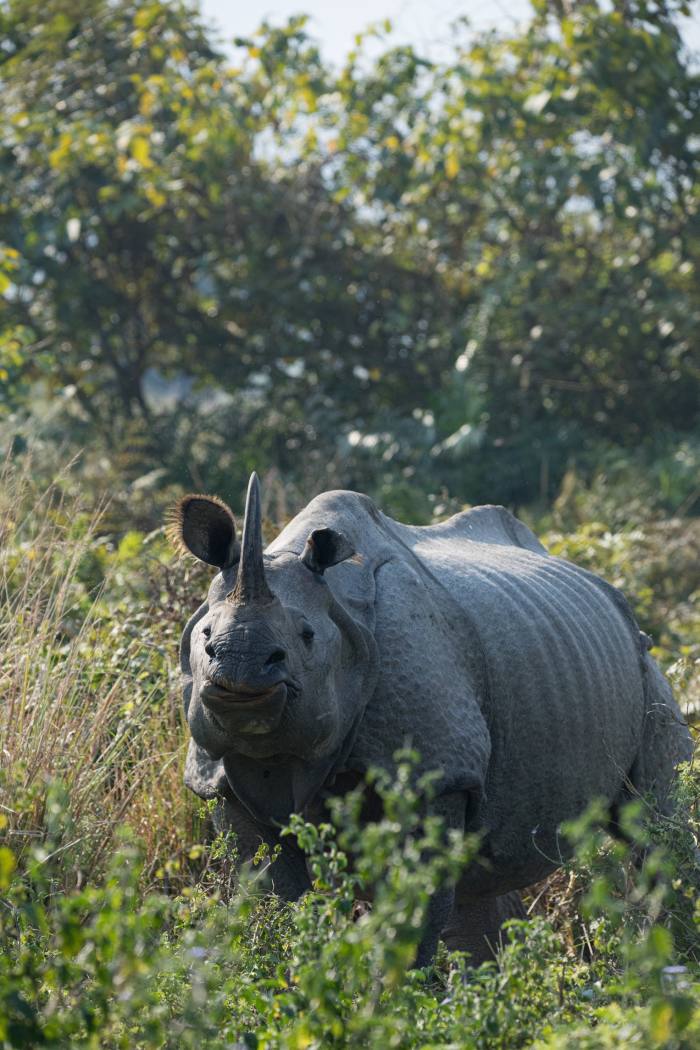

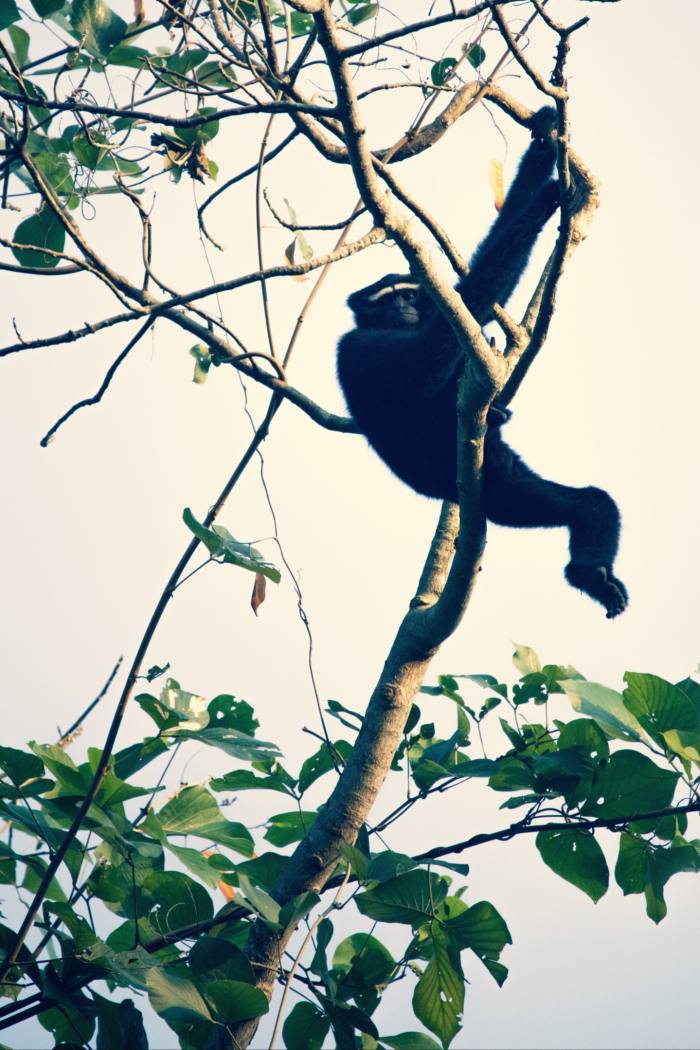
But what’s alluring on a map is also my problem with geographies of scale: every time I start, I realise how much further there’s left to go. I’m restless, and find it difficult to settle into a prescribed path. On a cruise, I can’t just take off on a whim, which would be murderous if you didn’t like the people you were with, and frustrating if you’re used to travelling solo. On this trip, though, I get lucky with my fellow passengers. Off the boat, I encounter just one other group of foreign travellers — some American birdwatchers in Kaziranga National Park. As for other tourist vessels, I don’t see a single one. As the days pass, I begin to accept how much detail there is to take in — however passively — and that stillness has its virtues too.
I read for hours, with my cabin’s windows cast open. I watch the river meander and pool; at times it feels as wide as the sea. On the shore, kingfishers flash like Mughal jewels. When someone shouts “tiger”, I get a photograph as it ambles along a muddy bank — a magnificent orange blaze before it disappears into the undergrowth.
Moving at the river’s speed, I’m able to absorb something of the flow of cultures that make this overlooked corner of India so unique. I learn about the Ahom people, with roots in Yunnan and Myanmar; the Mising people, who have a Tibeto-Burmese history; and the “tea tribes” brought from across India, many of them as indentured labourers, for Assam’s 19th-century British tea plantations.
At Sri Sri Auniati Satra monastery, I peel off to talk with a resident monk. He takes me into his living quarters decorated in arsenic greens and bubblegum pinks. He belongs to a casteless sect of Vaishnavites, a community dating back to the 15th century and based on Mājuli, a Brahmaputra island which is among the largest riverine islands in the world: currently around 350 sq km, although erosion is wearing at its edges.
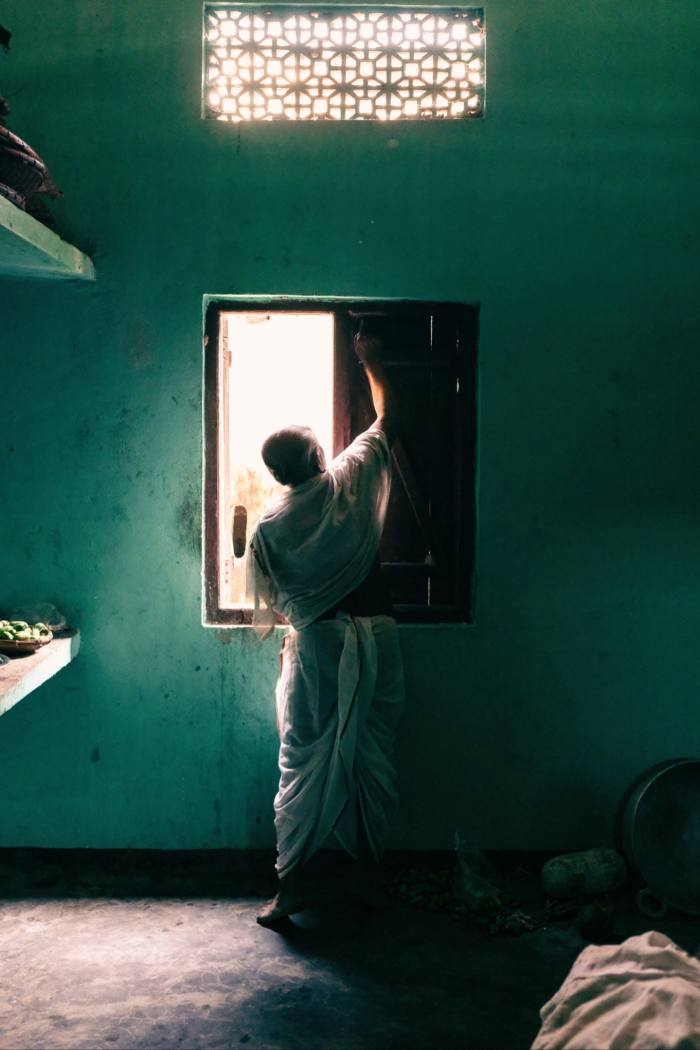

In Kaziranga National Park, I’m thrown by the density of wild greater one-horned rhinos: I count 60 from a single spot in the Western Range. I encounter rare Hoolock gibbons, a great hornbill, turtles, and glimpse another tiger — all this in just a few hours.
There’s so much to see, in fact, that I barely take in the birds. The Brahmaputra lies at the junction of the East Asian-Australasian and Indo-Asian flyways; some 30 per cent of the birds are migratory, says my guide, Toby Sinclair, a British naturalist who for the past 45 years has lived and worked in India, acting as a consultant on numerous documentaries, including films for David Attenborough and National Geographic.
“It amazes me that so few people come,” says Sinclair. “In a single day on the Brahmaputra, you can see tigers, elephant, and the world’s largest concentration of rhinoceros. The north-east is linked to the rest of the country by this thin chicken-neck of land, yet somehow it feels separate.”


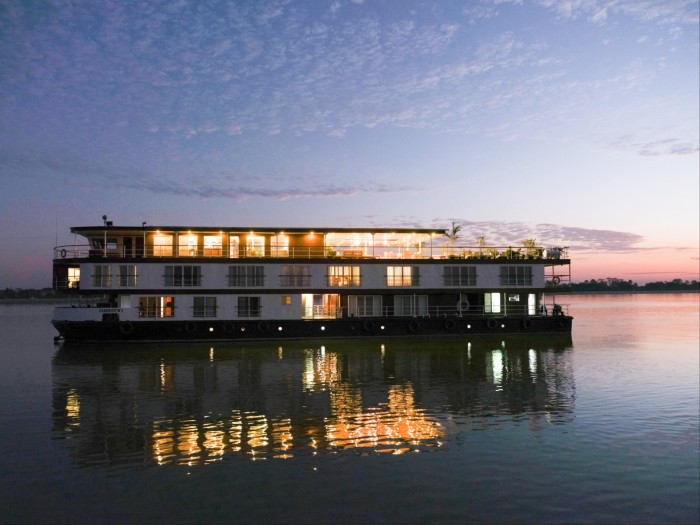
Deep access is the luxury, which is where the shallow-draft Charaidew II comes in. It’s styled after British-era steamers — the cane furniture and potted tropical plants that adorn the teak deck a throwback to the Raj, which I’m slightly uneasy with. I don’t like the feeling of walking into an EM Forster novel; times have changed. But on the Brahmaputra, this style of boat is part of the river’s identity, explains Nirmalya Choudhury, an old friend of Sinclair’s. Choudhury has run the river operations for the Assam Bengal Navigation Company, which owns the Charaidew II, for the past 20 years. All the boat’s crew are hired from local communities. This isn’t just an ethical decision, but a strategic one, to survive the river’s caprice.
“The best pilots are brought up on the chars, and along the banks of the river,” says Choudhury; “the Mising can read the river, the eddies, and its movements. They know how difficult it can be. It seems calm, but it’s not; it’s got a lot going on underneath. The Ganges is considered a female river in India; the people bathe it and pray to it. The Brahmaputra is very different; it is a male river, the father you revere and fear.”
Early one morning when I’m looking for birdlife, I stand alongside Abdul Aziz, the pilot who navigates by sight from the prow. I watch him navigate with gentle gestures, making minute decisions according to ruffled water in the distance. He is silent and elegant, not to be disturbed.
Another day, we have to skip a temple because the morning mist takes too long to lift. When I’m reading in the afternoon, I feel the boat catch on a sandbank under our draft. A few moments later, we fall back into the river’s silky drift.
This is the rhythm of the days, until our last night, when the river’s silence is broken by the roar of Indian fighter jets taking off from the Tezpur air base. There’s been an incident between the Chinese and Indian armies in a border zone less than a hundred miles from where we are. It’s a reminder of the geopolitical significance of the Brahmaputra — what it divides and what it absorbs, the ebb and flow of politics, power, land and water, the shades and moods of seasons, the stillness and the undercurrents.

I start to realise how misleading was my initial view of the river’s surface as a mirror of the sky. It’s not stillness but mutability that defines the Brahmaputra, which is the dynamic accepted by the Mising people, their enduring traditions revealing a resigned respect for a natural order bigger than themselves.
“We live lightly,” said Prabin Doley, a 30-year-old Mising fisherman with whom I talk in a cluster of stilted homes; he explains to me how when the river rises, he throws his possessions in a bedsheet, ties up the four corners, gathers the livestock, and retreats to higher ground. “Maybe every three years we have to evacuate, but we don’t have much to carry away. Our houses are easy to rebuild. It’s just a way of life. We need to live close to the water. We are people of the water. We are incomplete when we’re not here.”
Details
Sophy Roberts travelled as a guest of andBeyond Asia (andbeyond.com), which offers a 10-night Brahmaputra river trip (seven nights on the Charaidew II, two nights at the Diphlu River Lodge at Kaziranga National Park and a night in Delhi) from $7,798 per person, including full-board, park fees and land excursions, and return domestic flights to Assam from Delhi
Find out about our latest stories first — follow @ftweekend on Twitter
Stay connected with us on social media platform for instant update click here to join our Twitter, & Facebook
We are now on Telegram. Click here to join our channel (@TechiUpdate) and stay updated with the latest Technology headlines.
For all the latest Travel News Click Here
